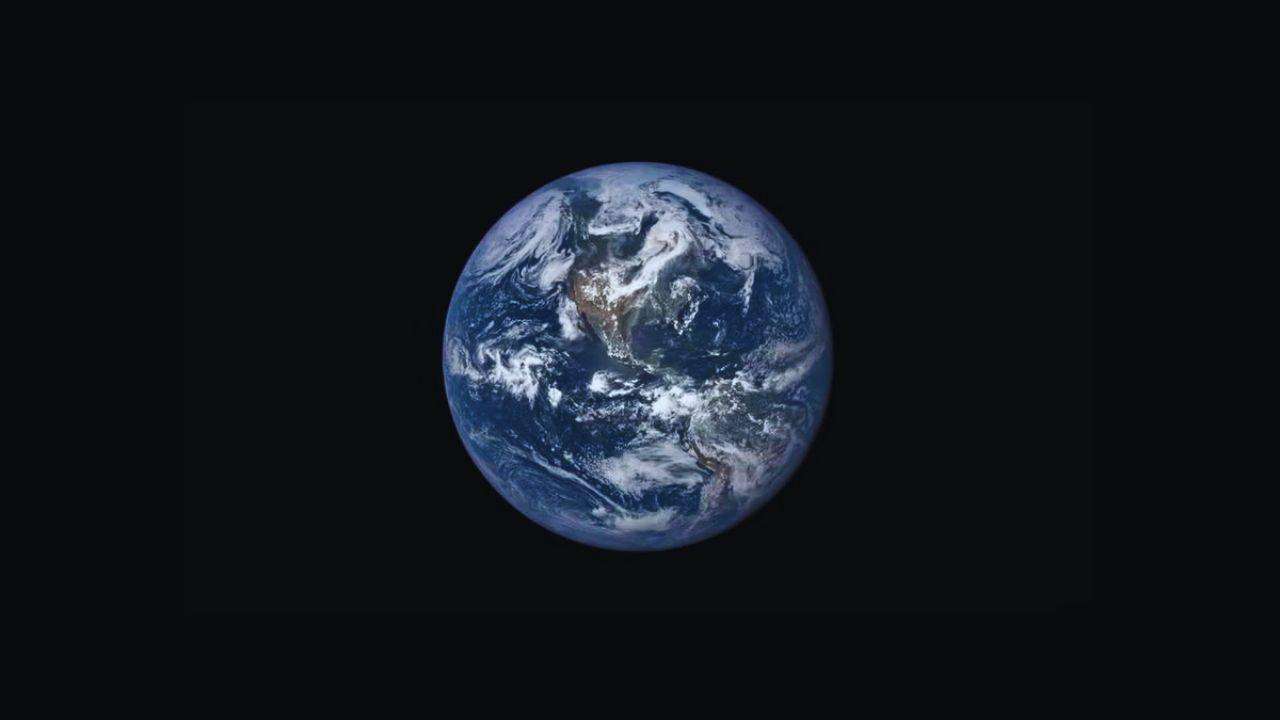On Tuesday, a temporary "mini-moon" that had been circling the Earth for the past two months drifted away and started to circle the Sun again.
Since September 29, the 10-meter-wide asteroid known as 2024 PT5 has been orbiting the globe at a distance of roughly 3.2 million kilometers.
Using the Asteroid Terrestrial-Impact Last Alert System, which was created to identify near-Earth objects that could pose a threat to life on Earth, scientists made the initial discovery of the space rock on August 7.
They reported the findings that same month in a study published in the journal Research Notes of the AAS.
The mini-moon did not pose a risk, astronomers said, speculating that it was likely a fragment from asteroid collisions on the Moon centuries ago.
It likely came from the Arjuna asteroid belt surrounding the path followed by the Earth-Moon system around the Sun. “Given the similarity between asteroid 2024 PT5’s motion and that of our planet’s, scientists at Nasa’s Center for Near Earth Object Studies suspect that the object could be a large chunk of rock ejected from the Moon’s surface after an asteroid impact long ago,” the US space agency said in a blog post.
“According to the latest data available from NASA’s Jet Propulsion Laboratory Horizons System, the temporary capture will start at 15.54EDT on 29 September and end at 11.43EDT on 25 November,” Carlos de la Fuente Marcos, a mini-moon expert from the Universidad Complutense de Madrid, told Space.com.
The rock passed as close as about 1.1 million miles of the Earth, maintaining a safe distance with the planet before it drifted away farther into the Solar System.
The asteroid, the size of a bus, was expected to come back the Earth’s way again in 2055, researchers said, but it would be moving too fast to be pulled into the planet’s orbit.
The Earth’s gravity occasionally pulls in small space objects but it is rare for them to become mini-moons like 2024 PT5 did, scientists said.
This happens when an asteroid approaches slowly in a way that it gets pulled by the planet’s gravity more than the powerful gravity of the Sun.
In the past, the asteroid 2022 NX1 joined the Earth system as a mini-Moon in 1981 and came back in 2022.








.svg)



